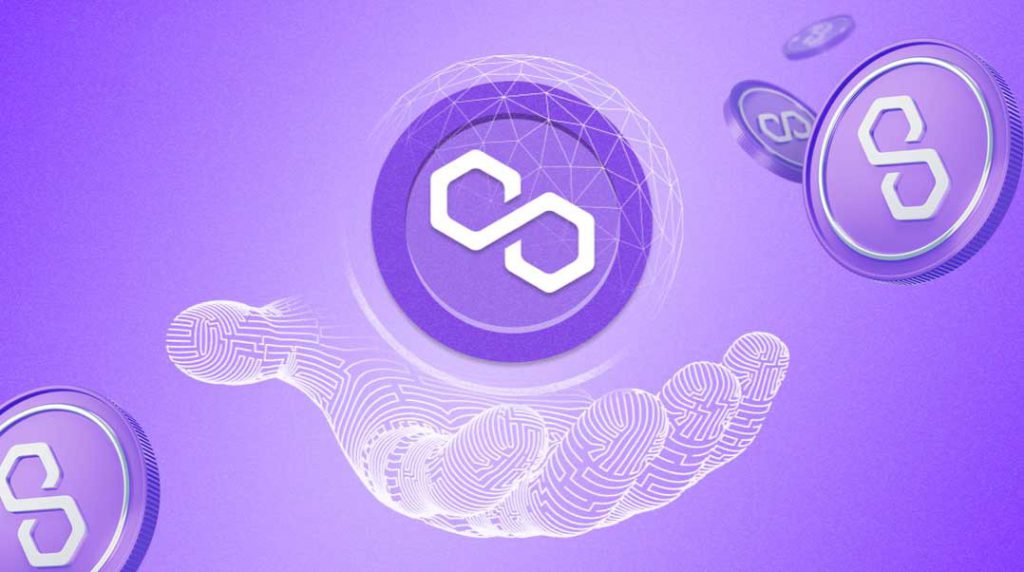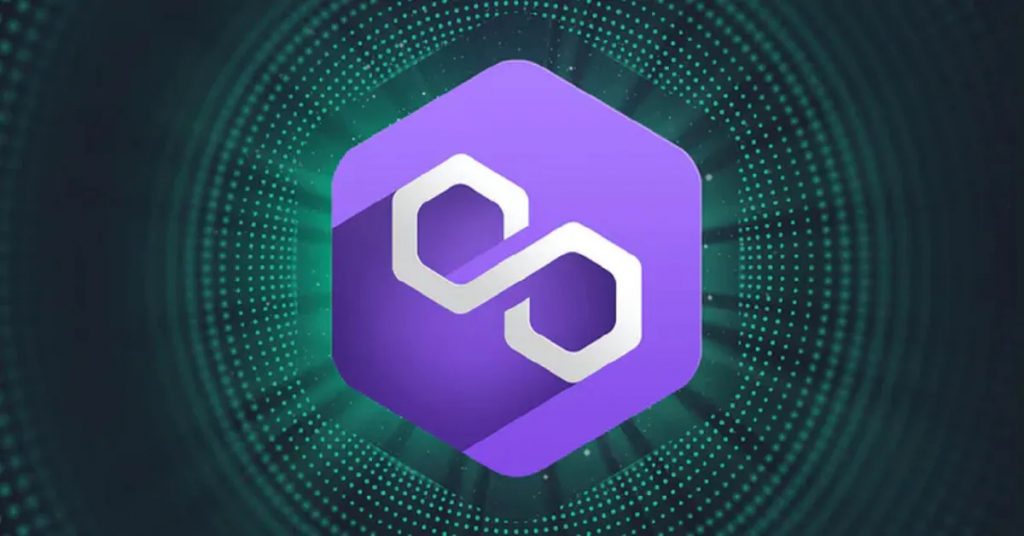How to Bridge to Polygon: A Comprehensive Guide
The rapid growth of blockchain projects has created the need for seamless network compatibility. Developers are now turning to cross-chain bridging as a solution to this problem.
One of the leading platforms in this space is Polygon, which offers a bridge that allows for easy token transfers between the Polygon network and Ethereum.
This bridge promotes interoperability, supports scaling solutions, and is becoming increasingly important for developers looking to integrate different blockchain networks.
In this comprehensive guide, we will dive deeper into the workings of the Polygon Bridge and provide step-by-step instructions on how to bridge tokens from the Ethereum network to Polygon.
We will explore the different bridge options available, the mechanisms behind the bridge, and the benefits of bridging assets to the Polygon network.
So let’s get started!
Also read: How to Bridge Polygon to Ethereum?


Understanding Polygon Bridge
Polygon, also known as Matic, is one of the best Ethereum Layer 2 solutions available.
It offers scalable frameworks for platforms compatible with Ethereum, making interoperability a necessity.
To facilitate seamless token transfers between different blockchains, Polygon introduced the Polygon Bridge.
Blockchain bridges, like the Polygon Bridge, are designed to enable secure and trustless token transfers between independent blockchains.
They help overcome the isolation of blockchains and allow them to communicate with each other without the need for additional tools.
The Polygon Bridge specifically focuses on bridging ERC tokens, including non-fungible tokens (NFTs), between the Ethereum and Polygon networks.
Also read: How to Bridge to Celo?
The Two Bridge Options on Polygon
Polygon currently offers two bridge options: the Proof-of-Stake (PoS) Bridge and the Plasma Bridge. Both bridges have their advantages and cater to different requirements.
The PoS Bridge on Polygon is the most popular option for transferring assets from Ethereum to Polygon. It provides a flexible and convenient way to bridge assets and supports a wide range of ERC tokens, including ERC-20, ERC-721, and ERC-1155 tokens.
The PoS Bridge leverages a proof-of-stake mechanism and relies on external validators to secure the network. It ensures instant deposits and offers faster withdrawals, making it a preferred choice for many users.


On the other hand, the Plasma Bridge on Polygon is more suitable for developers who prioritize higher security.
It utilizes the Ethereum Plasma scaling solution and supports the transfer of MATIC, ETH, ERC-20, and ERC-721 tokens. The Plasma Bridge relies on the security of the Ethereum blockchain, making it a robust option for those who require extra layers of protection.
How to Bridge Tokens to Polygon Network Using PoS Bridge
Bridging tokens to the Polygon network using the PoS Bridge is a straightforward process.
To begin, you will need a crypto wallet compatible with the Ethereum network, such as MetaMask.
If you don’t have a MetaMask wallet, you can easily set one up by following their instructions.
Once you have your MetaMask wallet set up, you can follow these step-by-step instructions to bridge your tokens to the Polygon network using the PoS Bridge:
Access the Polygon Wallet: Go to the Polygon Wallet and click on the “Polygon Bridge” option.
Select Your Wallet: You will be presented with five wallet options. Choose your wallet from the list and click on it to log in.
Connect Your Wallet: Enter your wallet details to connect your wallet with the Polygon network.
How To Bridge Tokens to Polygon Network Using PoS Bridge Continued
Verify the Signature Request: Before proceeding, verify the website URL and ensure it matches the official Polygon website. Once verified, click “Sign” to complete the signature request.
Deposit Your Tokens: You will be redirected to the MATIC bridging interface. Click on “Deposit” to initiate the token transfer. Select the tokens you want to transfer, enter the amount, and click on “Transfer”.
Read the Important Reminders: Carefully read and understand the important reminders provided. Take note of the estimated deposit time, which is usually between seven to eight minutes. Then, click “Continue” to proceed.
Review Gas Fee Quote: Review the gas fee quote charged for the deposit. If you are satisfied with the fee, click “Continue” to move forward.
Confirm the Transaction: Review all the transaction details, including the transfer mode, amount, and gas fee. Once you are ready, click “Continue” to approve the transaction in your MetaMask wallet. Confirm the transaction by clicking “Confirm” in MetaMask.
Track the Transfer: The transfer may take up to 10 minutes to complete. You can track the status of your transfer through the progress tab or by clicking “View on Etherscan”.
Congratulations! You have successfully bridged your tokens from the Ethereum network to the Polygon network using the PoS Bridge.
You can now take advantage of the benefits offered by Polygon and explore the various decentralized applications (dApps) and tools available on the network.
Withdrawing Tokens from Polygon to Ethereum


If you want to transfer your tokens back from the Polygon network to the Ethereum network, you can do so using the PoS Bridge.
Here’s a step-by-step guide on how to withdraw your tokens from Polygon:
- Access the Polygon Wallet: Go to the Polygon Wallet and click on the “Polygon Bridge” option.
- Select Your Wallet: Choose your wallet from the list and log in to your wallet.
- Connect Your Wallet: Enter your wallet details to connect your wallet with the Polygon network.
- Verify the Signature Request: Verify the website URL and click “Sign” to complete the signature request.
- Switch to the Withdraw Tab: Once you have connected your wallet, switch to the “Withdraw” tab in the bridging interface.
- Choose the Bridge: Select the PoS Bridge option to complete your token swap.
- Initiate the Withdrawal: Enter the details of the tokens you want to withdraw, including the amount, and click “Continue”.
- Review Transaction Details: Review all the transaction details, including the mode, amount, and gas fee. If everything looks correct, click “Continue” to proceed.
- Approve the Transaction: Approve the transaction in your MetaMask wallet by clicking “Confirm”. Wait for the transaction to be verified by PoS validators, which may take up to three hours.
- Claim Your Tokens: Once the transaction is validated, you will need to claim your tokens to your MetaMask wallet. Follow the instructions provided to complete the withdrawal process.
By following these steps, you can successfully withdraw your tokens from the Polygon network back to the Ethereum network using the PoS Bridge.
Benefits of Bridging Assets to the Polygon Network
Bridging assets to the Polygon network offers several benefits for users:
- Low Transaction Fees: By bridging assets to Polygon, users can take advantage of the network’s scalability and significantly reduce transaction fees compared to the Ethereum network. This makes it more cost-effective to transfer and interact with tokens and decentralized applications on Polygon.
- Higher Throughput: The Polygon network provides higher throughput, allowing for faster and more efficient transactions. This is particularly beneficial for applications that require quick confirmation times and high transaction volumes.
- Improved User Experience: By leveraging the Polygon network’s scaling solutions, users can enjoy a smoother and more seamless experience when interacting with decentralized applications. Transactions are processed quickly, reducing waiting times and enhancing overall usability.
- Access to Diverse DApps: Bridging assets to Polygon opens up a world of possibilities in terms of decentralized applications. Polygon’s network has a growing ecosystem of dApps that offer unique features and services. By bridging to Polygon, users can access and explore these dApps, expanding their options for decentralized finance, NFTs, and more.
- Reduced Dependency on Ethereum Mainnet: Ethereum’s mainnet often faces congestion and high gas fees due to its popularity. By bridging assets to Polygon, users can offload some of their transactions and activities to the Polygon network, reducing their dependency on Ethereum’s mainnet and its associated limitations.
Conclusion
In conclusion, bridging assets from the Ethereum network to the Polygon network using the Polygon Bridge is a powerful tool for developers and users looking to take advantage of the benefits provided by Polygon’s scaling solutions.
The PoS Bridge and Plasma Bridge offer different features and security mechanisms to cater to a wide range of requirements.
By following the step-by-step instructions provided in this guide, you can easily bridge your tokens from Ethereum to Polygon using the PoS Bridge.
This opens up a world of possibilities, allowing you to explore the vibrant ecosystem of decentralized applications and services offered on the Polygon network.
Remember, bridging assets to Polygon not only provides cost-effective and efficient transactions but also contributes to the overall growth and development of the blockchain ecosystem.
So go ahead, bridge your assets to Polygon, and unlock the full potential of decentralized finance, NFTs, and more!
Disclaimer: This article does not provide financial advice or recommendations. Users should conduct their own research and exercise caution when engaging in cryptocurrency transactions.





